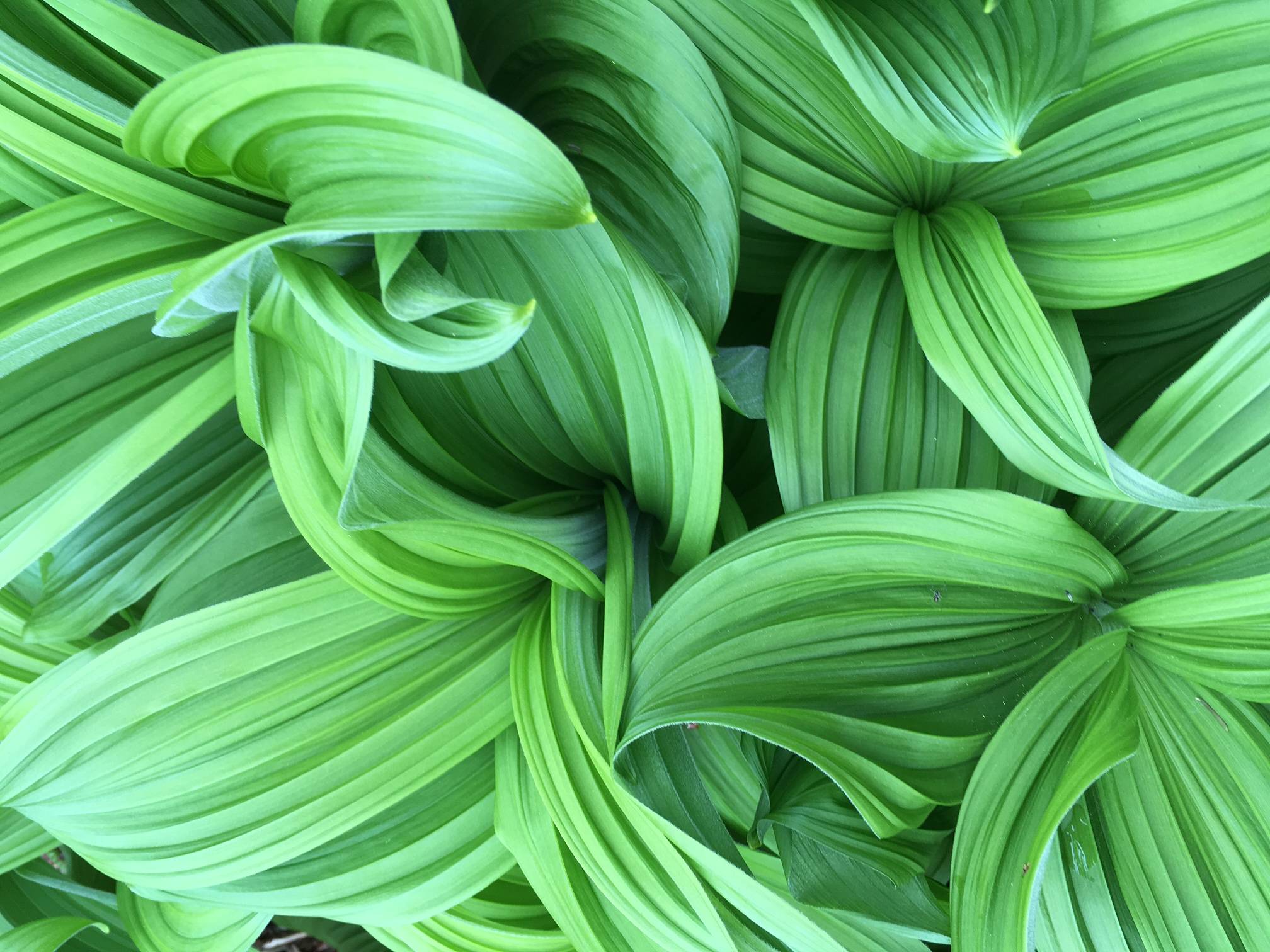Streptopus amplexifolius has long been one of my favorite plants to munch. In the spring, I like to pick the curled leaves with their strong English cucumber flavor. At the end of July, they develop burgundy colored berries that hang vertically off a tiny stem like a Christmas ornament. Their weight often causing the plant to lean towards the horizon.
The berries are watery but not flavorful. However, each contains dozens of seeds. I like to quench my thirst with the berry and then shoot out the seeds through my pursed lips. With five or six berries, you can get quite a waterfall. At a certain stage in a hike, this can be quite amusing. Beware of eating too many on your adventures as they are also called scoot berries.
I heard of using twisted stalk for pickles, but I had always associated the wild cucumber taste with the unfurling leaves, not the stalk. The thought of picking so many leaves for a jar of pickles seemed daunting. Mary Lou King, the prodigious jelly maker of the Audubon’s annual Public Market sale, doesn’t use the leaf. She uses the stalk in her wild cucumber pickles. Purchasing a few of her jars opened my understanding. Instead of a few leaves to sprinkle on a salad, I had a larger source to gather and use.
Growing cucumbers in a greenhouse is a possibility in Southeast, but often, the results are limited. Cucumbers in the store have only a faint reminder of the ones I would munch in my childhood or pound into jars at my pre-college job at the pickle factory. Recognizing a local plant that would provide that same cool, watery flavor was a happy discovery.
I started sprinkling both the leaves and stalks in salads and then branched out to things that had a distinct cucumber flavor. I’d chop them up and put them in tabbouleh and then discovered how well they worked in the yogurt, garlic, cucumber tzatziki.
Twisted stalk is one of the first plants to come up in the spring. There are two types of the plant: clasping twisted stalk and rosy twisted stalk. I first see them appear as I gather nettles. They follow cow parsnip in their spring development. Find them in shady, wooded areas. They like moist areas near drainage sites or along streams.
In their early spring development, there are some people who say twisted stalk resembles false hellebore or false Solomon’s seal. False hellebores leaves grow like a corn stalk; each broad leaf overlaps the other. False Solomon’s seal has much broader leaves. Both have a very different growth pattern from twisted stalk with its narrow oval to elliptical/lance-shaped leaves that clasp the stem with space between each leaf set.
Spring has been slow, but it is emerging. Don’t miss out on the initial wild cucumber experience, but if you do, remember there’s always the watermelon berry time. This is a plant that extends from a vegetable to a fruit. Now you just have to decide what name you’re going to give it.
• Corinne Conlon is a freelance writer based out of Juneau. She can be reached at dirtgirlgardening@gmail.com.

